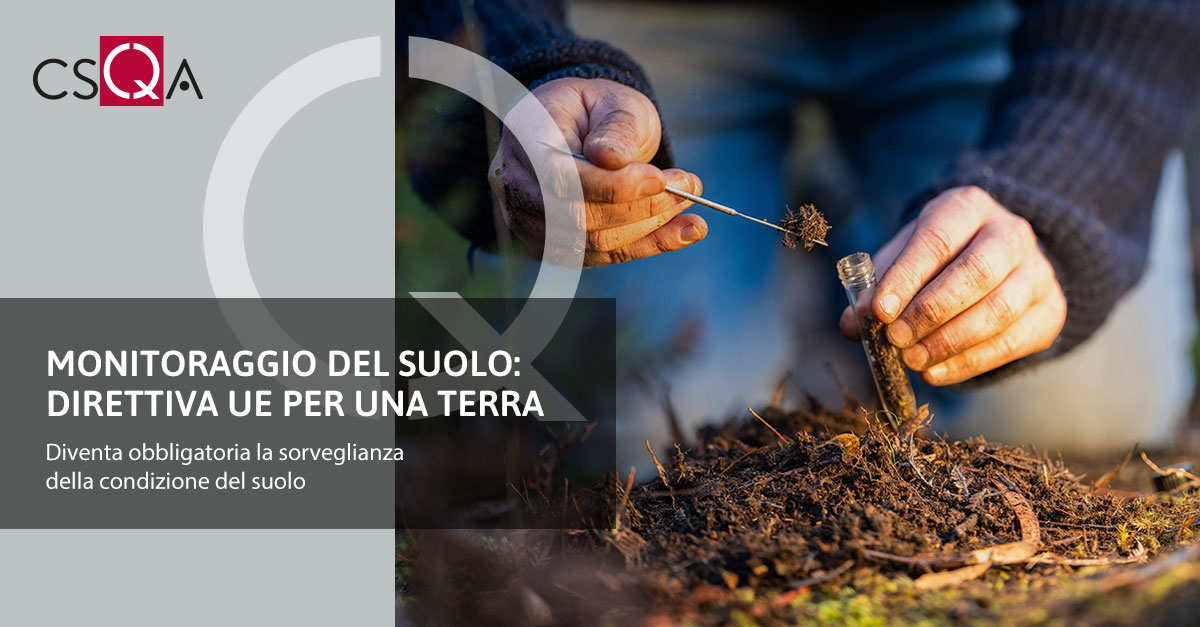
Soil monitoring is at the heart of the EU Directive which aims to achieve healthy soil by 2050.
The Council of the European Union has defined a general orientation that aims to make the surveillance of soil conditions mandatory , with a series of guidelines for sustainable management and to appropriately address all those situations in which soil contamination poses risks. unsustainable for human health and the ecosystem.
Soil monitoring: where are we at?
Healthy soils form the foundation for 95% of the foods we eat, host more than a quarter of global biodiversity and represent the earth's largest carbon sink.
However, soil is a finite resource and more than 60% of EU soils are not in a healthy state today.
With respect to this issue, the recent approval of the Nature Restoration Law should be noted.
Now, with the support of the Commission, Member States will begin to monitor and subsequently assess the health of all soils in their territory , thus enabling authorities and landowners in the EU to implement sustainable soil management practices and other appropriate measures.
In search of a common methodology
Member States will identify sampling sites based on a common EU methodology. The general approach grants further flexibilities to Member States regarding soil monitoring measurements, including the option to use pre-existing data and systems.
It also defines minimum quality requirements for laboratories analyzing soil samples, to ensure comparability of soil measurements.
As regards the assessment of soil health, the general orientation shares the Commission's orientation which looks at an assessment of soil health based on the concept of soil descriptors through physical, chemical and biological parameters.
A double value system for soil monitoring
To adapt to local conditions, a more flexible dual-value system for assessing soil health was agreed in the Council:
on the one hand , non-binding sustainable target values are monitored at EU level to reflect long-term objectives;
on the other hand , operational limit values, set at Member State level for each soil descriptor, are analyzed with the aim of defining priorities and gradually implementing measures aimed at improving soil health
The end point is sustainable soil management and according to the general approach, Member States will have to establish sustainable soil management practices within five years of the entry into force of the Directive.
There are relevant aspects relating to mitigation issues that can be achieved thanks to innovative forms of land use.
Guided by the ambitious long-term goal of achieving net zero land use by 2050, the general direction focuses on combating soil sealing and soil destruction , which are the most visible, impactful and monitorable aspects .
Soil monitoring: special attention to contaminated sites
According to the proposed directive, Member States will identify all potentially contaminated sites and subsequently register them in a public list.
The general approach introduces a progressive and risk-based approach .
This will allow Member States to prioritize measures , taking into account potential risks, the socio-economic context and current and future land use.
To help identify potentially contaminated sites, ministers agreed to create lists of potentially contaminating activities .
Once a contaminated site has been identified, it will be investigated and any unacceptable risks to human health and the environment will be managed . (Source: https://www.agrifood.tech/ )